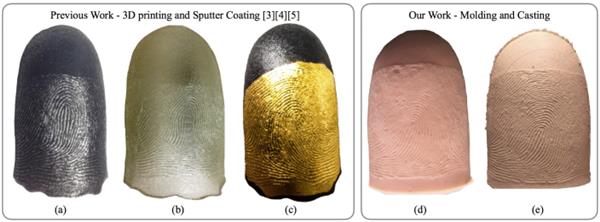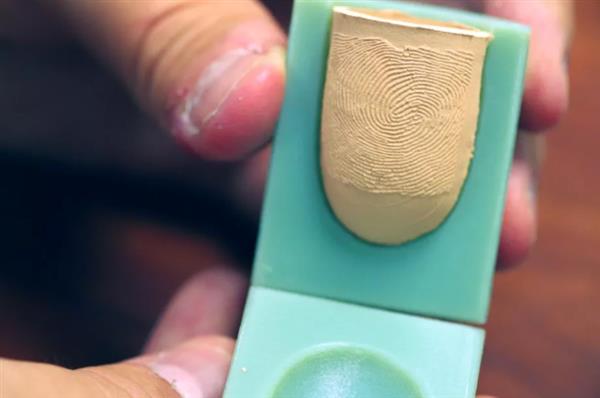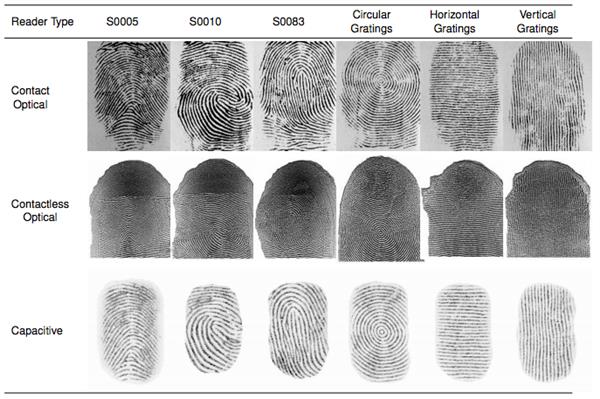Researchers from Michigan State University used 3D printing to develop a fake finger which will enable them to test and enhance fingerprint scanners. With this innovation, it will be harder to crack and hack security systems based on fingerprints.

The full paper is available in the journal IEEE Transactions on Information Forensics and Security.
How does the technology work?
In order to understand how the technology functions, one should first mention that fingerprint readers use a great number of methods of ID.
In the abstract of the project, we could read: “we present the design and manufacturing of high fidelity universal 3D fingerprint targets, which can be imaged on a variety of fingerprint sensing technologies, namely capacitive, contact-optical, and contactless-optical. Universal 3D fingerprint targets enable, for the first time, not only a repeatable and controlled evaluation of fingerprint readers, but also the ability to conduct fingerprint reader interoperability studies.”
In other words, some of these methods such as the optical scanners just take a picture of the user’ fingertip and check the matches with the one saved.
On the other hand, there is the capacitive scanning, which is quite more advanced. Indeed, it uses the finger’s conductivity and electrical currents to create a clearer, more precise image of the user’s finger.
Last, ultrasound makes use of an ultrasonic pulse which presses against the user’s finger. Some fingertips of the pulse might be might be absorbed while other will go back to the sensor. Using mechanical stress, the latter detects the details of the user’s fingertips.
This method is the most used and presents an attractive price-performance ratio.
“Our experiments conducted with PIV and Appendix F certified optical (contact and contactless) and capacitive fingerprint readers demonstrate the usefulness of universal 3D fingerprint targets for controlled and repeatable fingerprint reader evaluations and also fingerprint reader interoperability studies,” the abstract says.
Between this innovation and the 3D printed gel that could fix a shattered smartphone, there will be no need to buy a smartphone every six months.
For further information about 3D Printing, follow us on our social networks and subscribe to our newsletter!
//pagead2.googlesyndication.com/pagead/js/adsbygoogle.js
(adsbygoogle = window.adsbygoogle || []).push({});







